|
Note: You must be registered in order to post a reply.
To register, click here. Registration is FREE!
|
| T O P I C R E V I E W |
| James N. |
Posted - July 29 2012 : 1:12:44 PM
Image Insert:
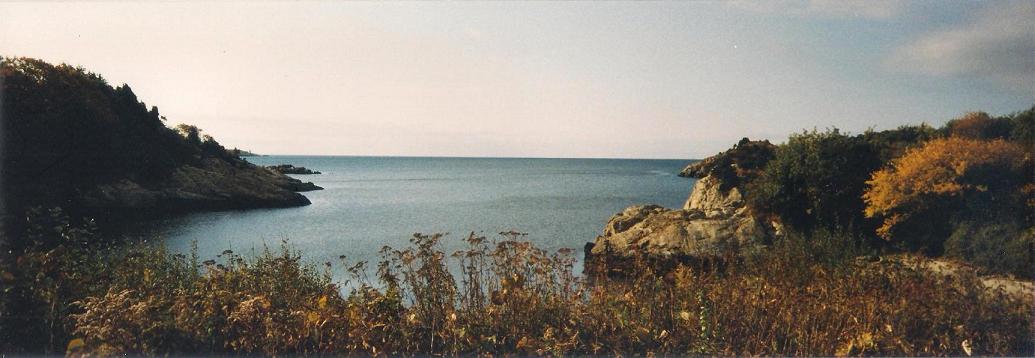
61.31KB
The coast of Southern New England stretching from New York City east to the tip of Cape Cod is full of rocky outcroppings and secluded inlets, bays, and the occasional harbor forming the northern shore of Long Island Sound and extending into the Atlantic Ocean. This bit of the Rhode Island coastline with its lighthouse standing guard is all-too-typical of the region that gave birth to a great seafaring tradition from the earliest days of settlement, from coastal fishing to international trade and world-wide whaling ventures well into the Nineteenth Century.
Image Insert:
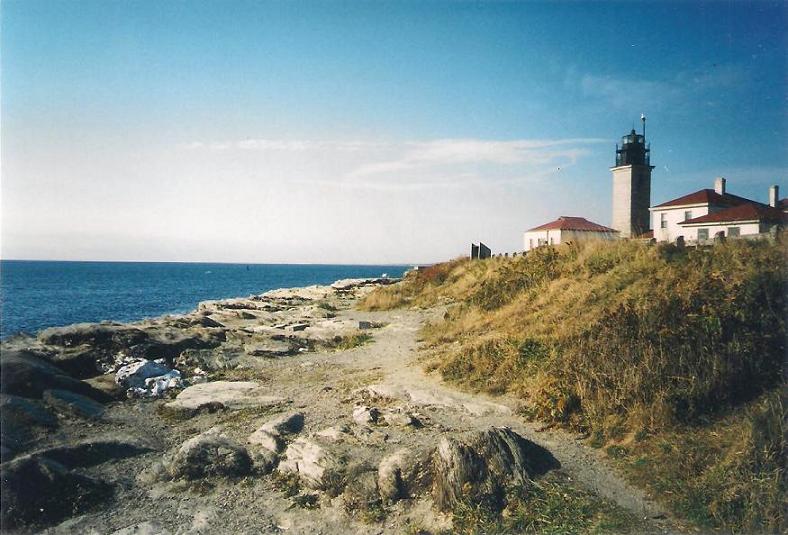
78.78KB
The ruggedness of the coast and its harsh and often unpredictable weather dictated that most settlements and activities occurred slightly inland up one of the numerous rivers, creeks, and other outlets to the sea; Long Island itself provided something of a storm-break to the coasts of Connecticut and Rhode Island. It was here that a shipbuilding industry grew up on the banks of the Mystic River in Connecticut well before the American Revolution. That maritime heritage is today commemorated at the fabulous Mystic Seaport where I spent an entire day on my tour of this region back in 1998, even extending to dinner at the on-site and charming seafood restaraunt! |
| 3 L A T E S T R E P L I E S (Newest First) |
| Monadnock Guide |
Posted - July 29 2012 : 5:43:55 PM
Absolutely great post James, - whaling ships were about the toughest to serve on. Many, if not most of the regular crews were "signed on after they had a few drinks" quite a few, late evening/early morning etc. & weren't aware they had signed on a whaler. Once aboard, there as no getting off, - well, not until the ship was loaded with whale oil, - usually about one to as much as four years. Quite often a crew's share would be about 1/200th of the catch, - meaning for every two hundred barrels of whale oil, "one belonged to them". - On another whaler that was over three years at sea, - one crewman's "take home" was $14.00. His quote on being paid was "it's a slow way to get rich". Personal expenses, like clothing, medicine etc. could be bought from the "ships chest" (highly marked up) - but was deducted from his share. - The Morgan has been recently been totally rebuilt, - one of these days I might just go see it. - Thanks again, .... enjoyed the post.
.
http://en.wikipedia.org/wiki/Charles_W._Morgan_%28ship%29 |
| James N. |
Posted - July 29 2012 : 2:27:43 PM
In addition to the Charles W. Morgan there are several other vessels of varying sizes, from humble rowboats to oceangoing ships. ( Notice however, the Morgan dominates the background! )
Image Insert:
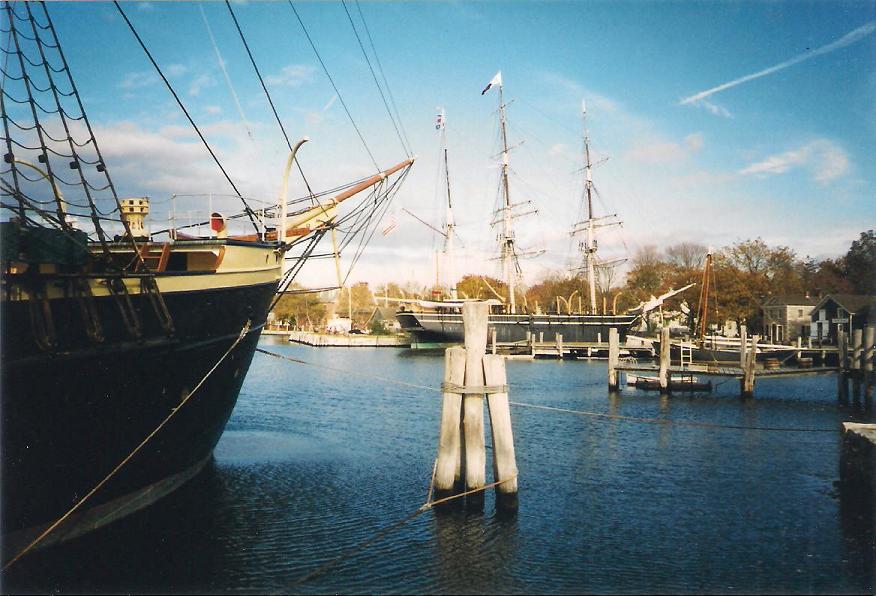
87.3KB
Image Insert:
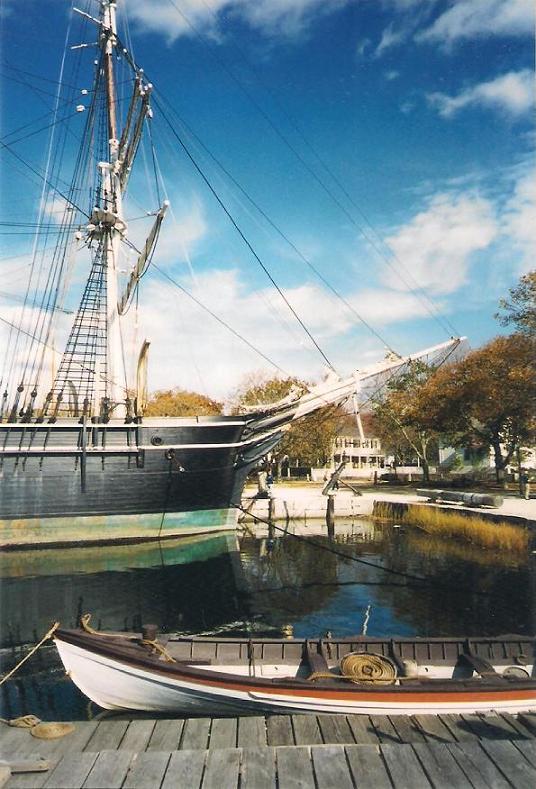
81.92KB
Image Insert:
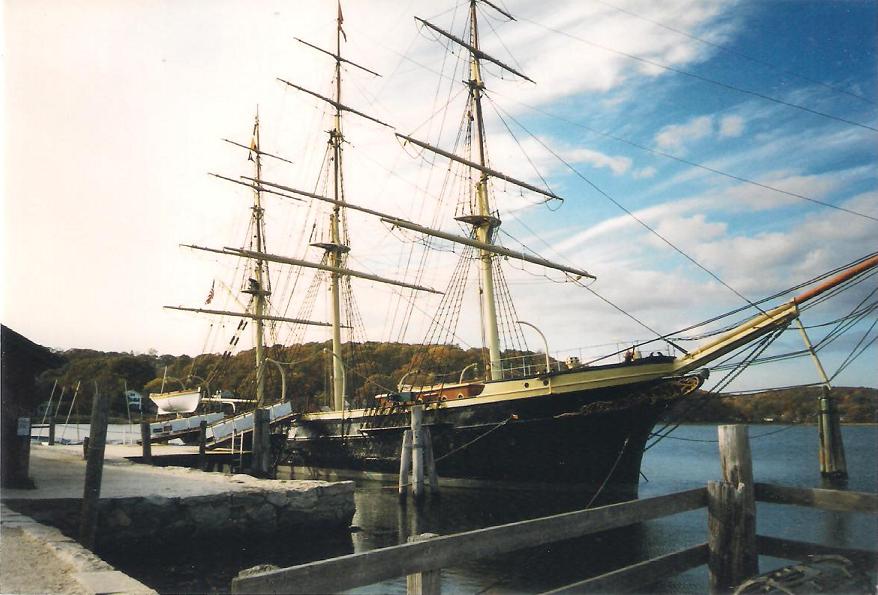
80.9KB
In addition to the museum and various vessels there are onshore exhibits including a rope-walk and one "warehouse" that turns out to contain a colorful exhibit of heavily-restored figureheads, including these representing Union Civil War Admiral David C. Farragut and a Flying Scotsman.
Image Insert:
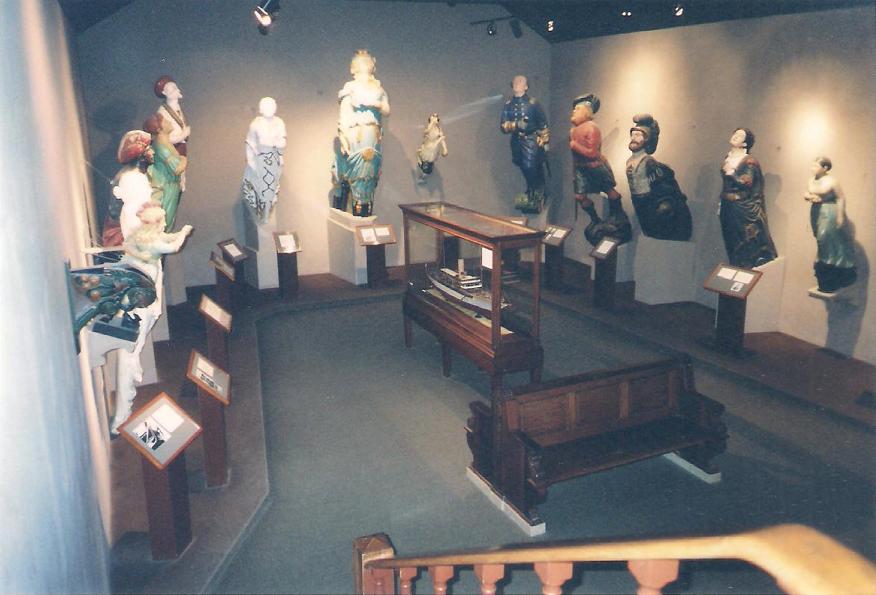
67.63KB
Image Insert:
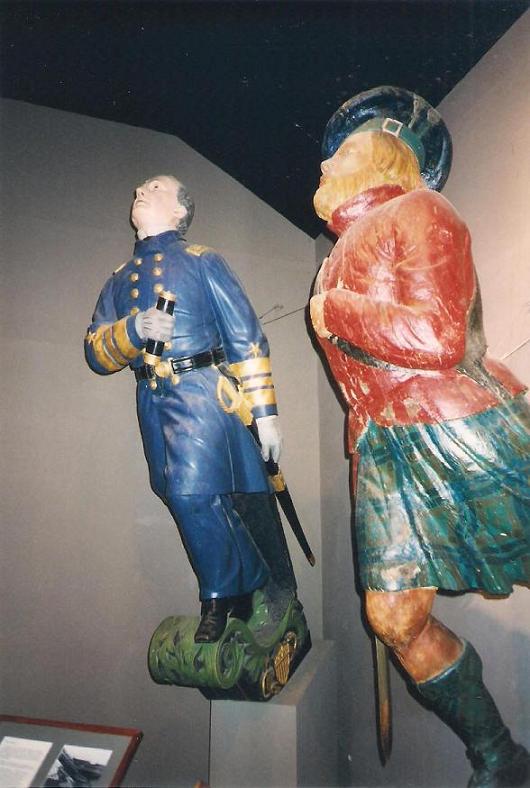
59.79KB
Appropriate period buildings create the impression of a small coastal village, here an early Nineteenth Century "Seafarer's Tavern" and chapel. The excellent Seaman's Inne restaraunt is appropriately also in a period-looking building.
Image Insert:
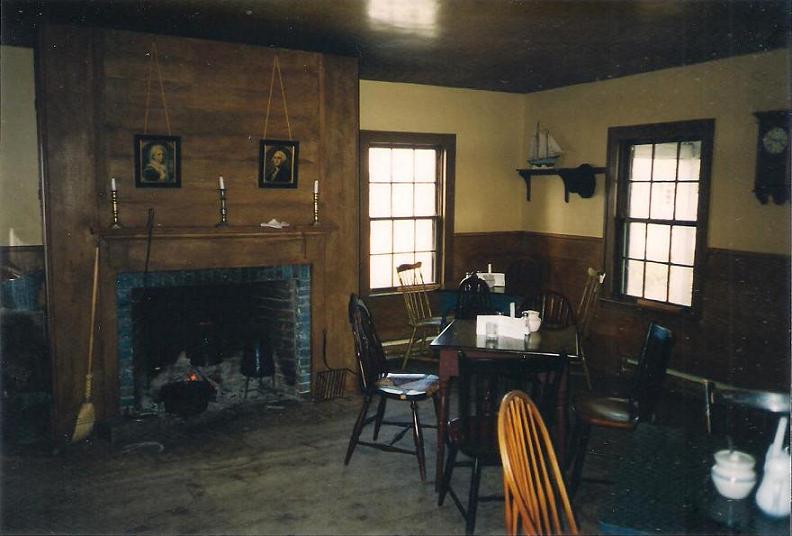
53.54KB
Image Insert:
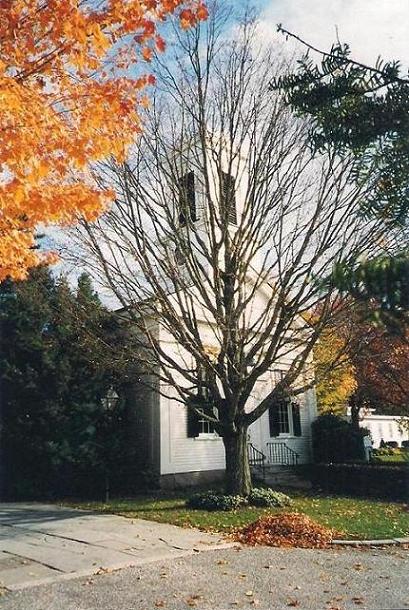
84.72KB |
| James N. |
Posted - July 29 2012 : 1:54:22 PM
Mystic Seaport is a collection of historic buildings and vessels displayed along a stretch of the Mystic River near the town of the same name. According to the diorama in the excellent Maritime Museum there, deep-water ships were constructed in cradles right along the riverbank, then launched and floated out to sea.
Image Insert:
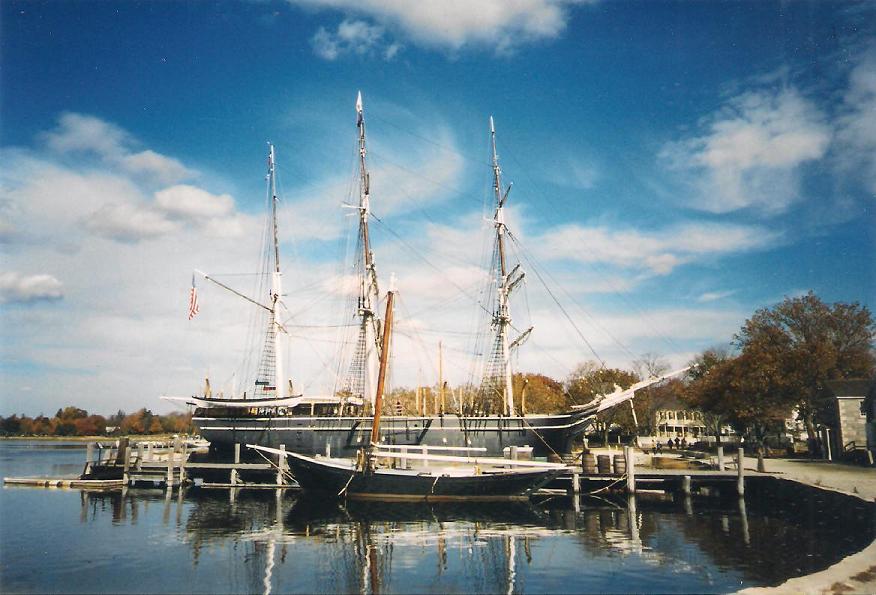
79.97KB
The real "star" of the collection is the famous whaling vessel Charles W. Morgan, built in the 1840's and a veteran of international whaling expeditions. I easily fell in love with her and found it was almost impossible not to take good pictures from virtually any angle! Though this vessel dates from well-after our usual period of concentration here, its technology was little-if-any different for a sailing ship of this size and purpose.
Image Insert:
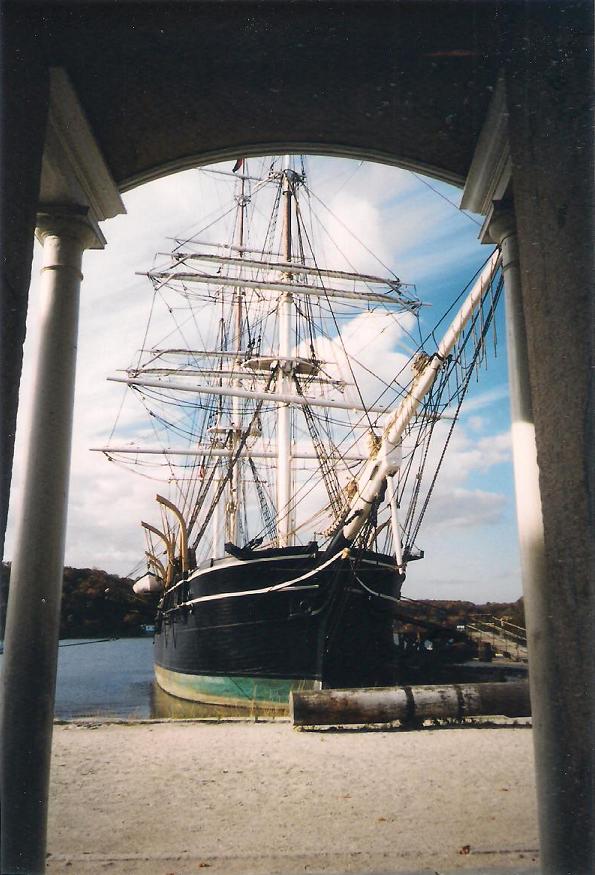
87.74KB
Image Insert:
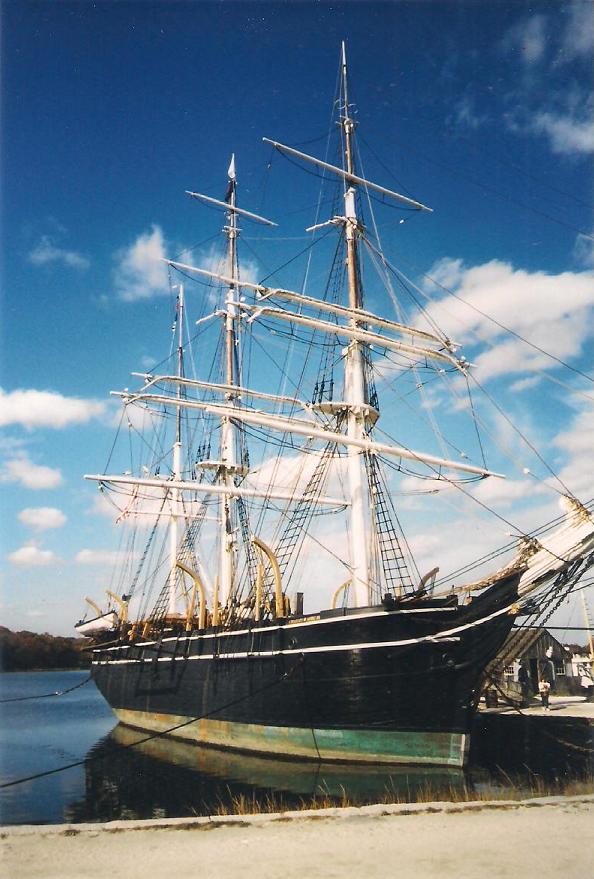
87.07KB
Image Insert:
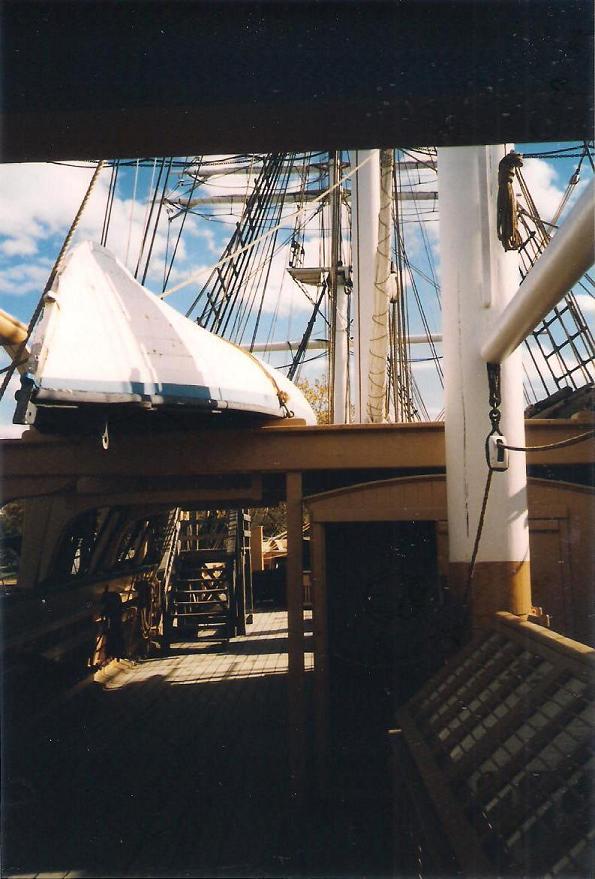
77.62KB
Below decks give a good idea of the vast differences between a ship's officers and seamen, from the relative comfort of the Captain's Cabin and Officer's Mess to the cramped conditions for Junior Officer's "before the mast" and the crew who had only hammocks slung in out-of-the-way places like the cargo hold. As bad as these seem, keep in mind that a whaler's "normal" cruise was two years. Not to forget the arduous tasks involved in not only harpooning whales, but then cutting up their enormous carcasses and rendering their blubber; just imagine the SMELLS that permeated every nook and cranny of the ship!
Image Insert:
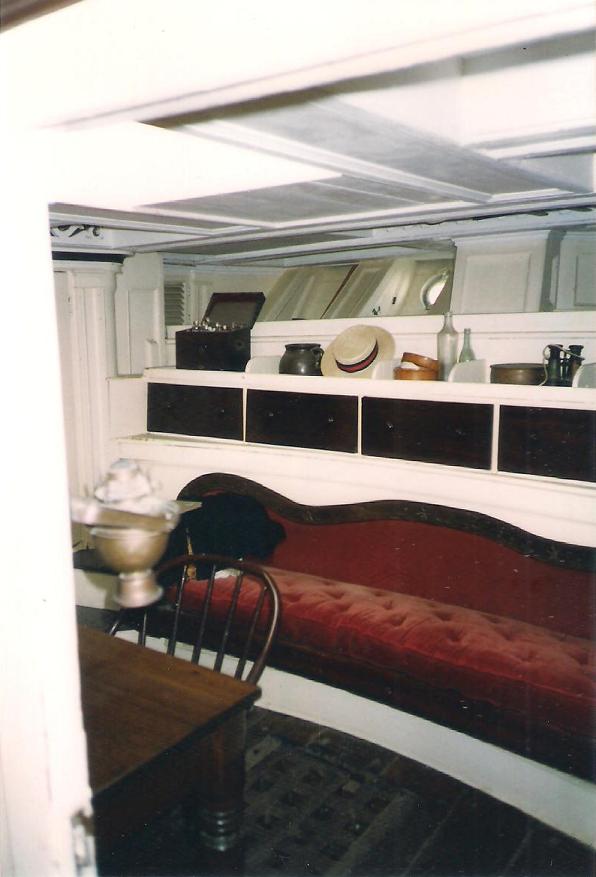
54.54KB
Image Insert:
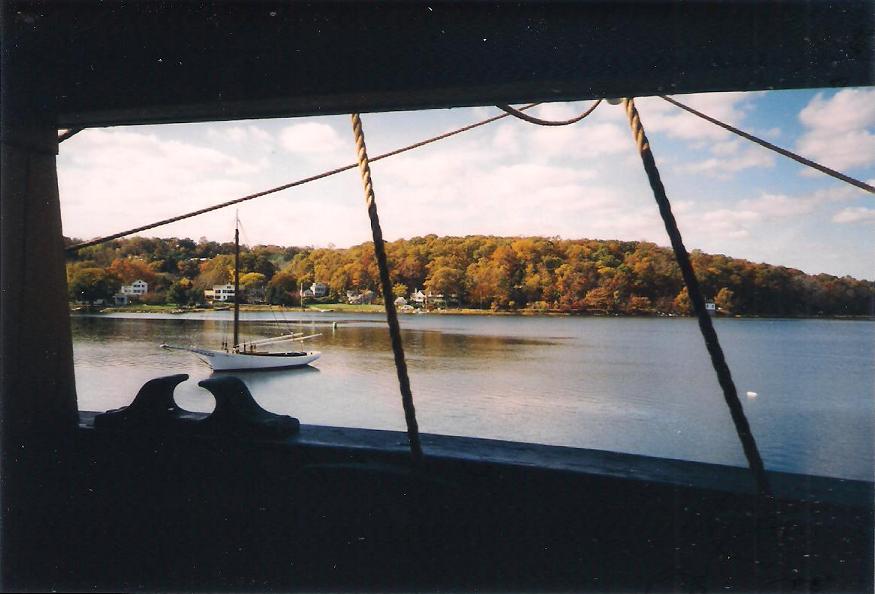
59.81KB
Image Insert:
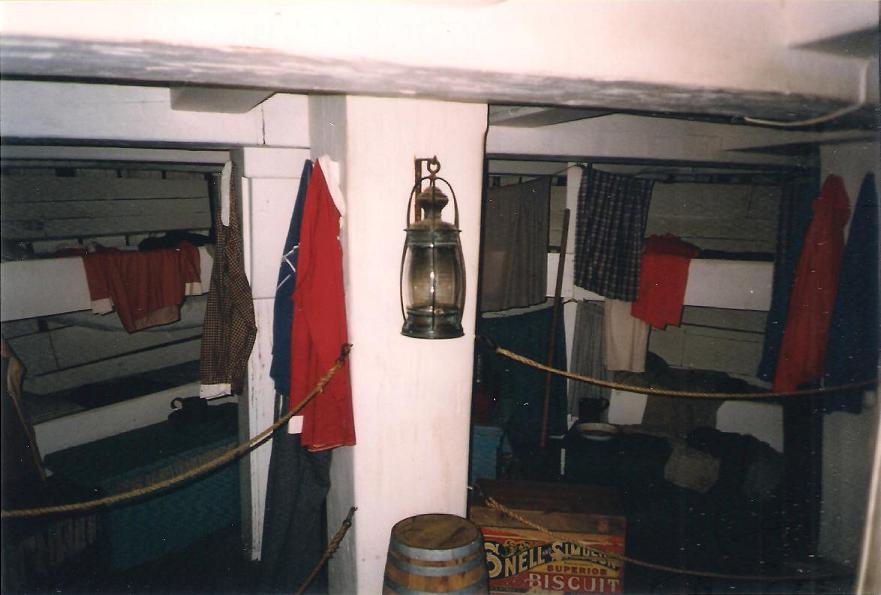
59.54KB
Image Insert:
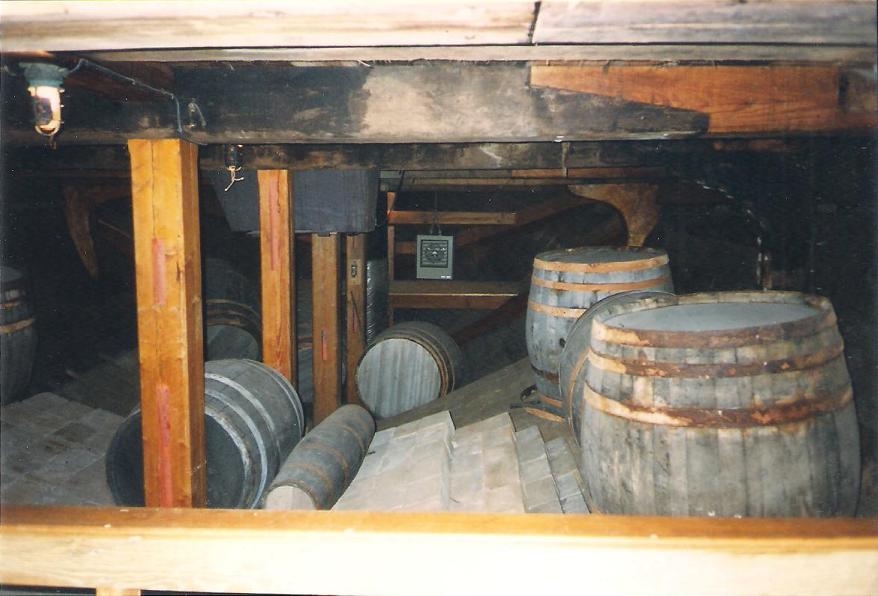
69.35KB |
|
Around The Site:
~ What's New? ~
Pathfinding
|
Mohican Gatherings
|
Mohican Musings
|
LOTM Script
|
History
|
Musical Musings
|
Storefronts on the Frontier
Off the Beaten Trail
|
Links
Of Special Interest:
The Eric Schweig Gallery
|
From the Ramparts
|
The Listening Room
|
Against All Odds
|
The Video Clips Index
DISCLAIMER
Tune, 40, used by permission - composed by Ron Clarke
|
| The Mohican Board! [Bumppo's Redux!] |
© 1997-2025 - Mohican Press |
 |
|
| Current Mohicanland page raised in 0.06 seconds |
 |
|

![The Mohican Board! [Bumppo's Redux!] The Mohican Board! [Bumppo's Redux!]](images/wwwboard.gif)












